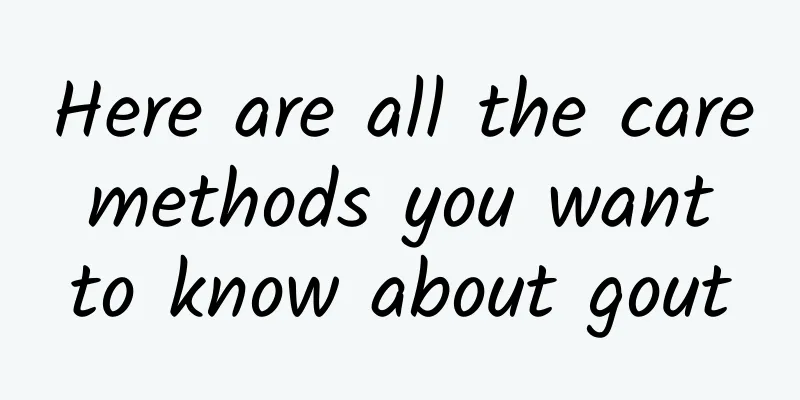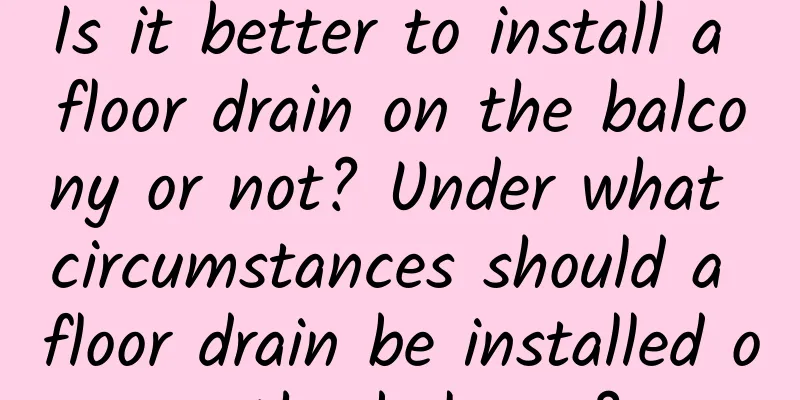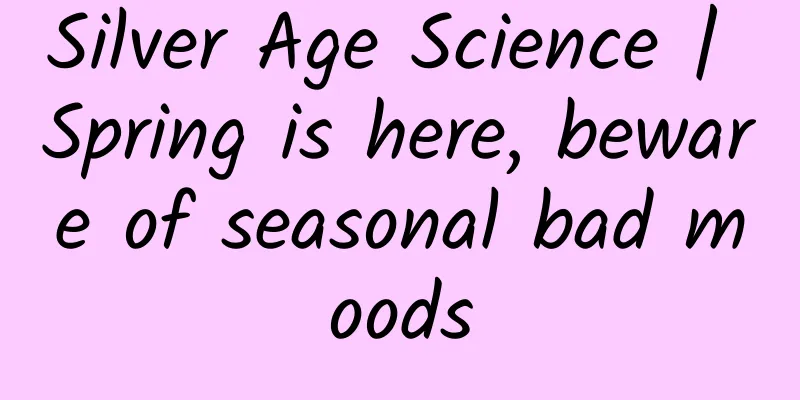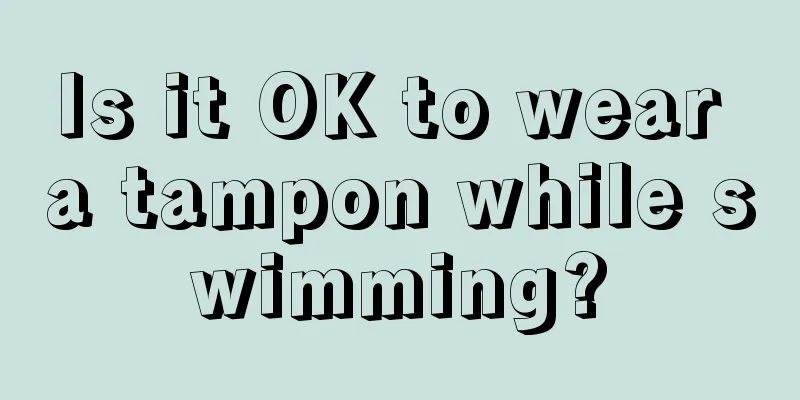What is the difference between iodized and non-iodized salt? What kind of salt is good to buy?
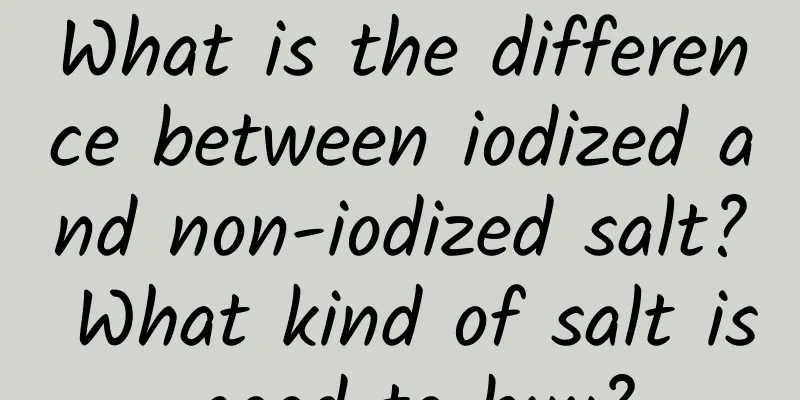
|
As people's living standards continue to improve, the most important salt in our daily diet has been developed into many different categories, such as salt with iodine, low sodium salt, seaweed salt, well salt, lake salt, sea salt, rock salt, bamboo salt, selenium-enriched salt, etc. How should we choose? What is the difference between iodized and non-iodized salt? Let's take a look! Contents of this article 1. The difference between iodized and non-iodized salt 2. What kind of salt should I buy? 3. How to store salt 1The difference between iodized and non-iodized saltThe difference between iodized salt and non-iodized salt lies in its iodine content and price. Non-iodized salt is obviously much cheaper. When buying salt, just eat the same salt as before. Don't worry too much about which one to choose. The situation is different in different regions. Generally, in iodine-deficient areas, there is little non-iodized salt, while in high-iodine areas, there is more non-iodized salt. 2What kind of salt should I buy?The sodium content of low-sodium salt can be as low as 35% lower than that of ordinary salt, while the potassium content is higher. In contrast to sodium, potassium is beneficial for preventing high blood pressure and protecting blood vessels. It seems that low-sodium salt is good, because eating the same amount of salt can reduce sodium by 1/3 and increase potassium intake a little. It is a good choice for ordinary people and people with high blood pressure. However, people with kidney disease, heart disease or people with high blood potassium are not suitable for eating low-sodium salt. In addition, people who take certain drugs that affect potassium ion metabolism are not suitable for low-sodium salt. If you are taking medicine, it is recommended to consult a doctor whether you can eat low-sodium salt. There is another point to explain: potassium in low-sodium salt replaces part of the sodium, and the saltiness may not be as good as ordinary salt, so some people will add a little more for taste. As a result, the sodium did not drop, and the potassium intake was too high, and the result was not worth the loss. 1. In fact, healthy people can just eat the most common and cheap table salt (non-iodized, non-low-sodium). 2. If you have high blood pressure, you can choose low-sodium salt. People who are prone to iodine deficiency are recommended to eat iodized salt. 3. There is no need to deliberately pursue high-priced salt such as well salt, lake salt, sea salt, rock salt, seaweed salt, bamboo salt, and rose salt. 4. No matter what kind of salt you eat, you must control the amount. Low-sodium salt is only low in sodium, not sodium-free, so you still have to strictly control your intake. 3How to store salt1. The iodine content in table salt is very unstable and is easily oxidized by the influence of temperature and light. Therefore, table salt should be stored in a dark and low temperature place, especially away from the stove. 2. Table salt contains more water-absorbing components, and wet salt will also accelerate the oxidation of iodine. Therefore, table salt needs to be placed in a dry place. |
<<: How low should blood pressure and blood sugar be controlled?
>>: A special method of decocting Chinese medicine: stewing in water
Recommend
Is it better for sea cucumbers to be dark or light in color? What happens when sea cucumbers turn white?
It is understood that the body color of sea cucum...
Treatment for irritability during menstruation
The incidence of menstrual problems cannot be und...
The child does not have a fever but feels dizzy and nauseous
In daily life, children are bound to get sick, bu...
What can women eat to enlarge their breasts the fastest and most effectively
Women all hope to have proud and firm breasts, bu...
What are the possible reasons for yellow leucorrhea after childbirth?
Yellowing of leucorrhea after childbirth usually ...
Can pregnant women pluck armpit hair?
Pregnant women are also very concerned about thei...
What causes vaginal odor?
The question of what is going on with the vulva h...
Joyy Group: 2020 full-year revenue of 13.2 billion, a year-on-year increase of 112%
On March 26, 2021, the global video social media ...
What's wrong with brown vaginal discharge? This is what caused it.
Leucorrhea is a normal secretion of women. Unlike...
Do you get calf pain during early pregnancy?
The happiest thing for women is during pregnancy,...
What to eat to get rid of wrinkles on your face? How to get rid of wrinkles on your face
Everyone knows that wrinkles are a sign of aging,...
How to check uterine cyst?
Uterine cyst is a relatively common gynecological...
Is dark red menstrual blood normal?
Normal menstrual blood is bright red, indicating ...
Why are seagulls' feathers white? Description and characteristics of seagulls
The eyes of the seagull are like two black pearls...
Can I drink coffee, ladies?
Nowadays, many women like to drink coffee, especi...



